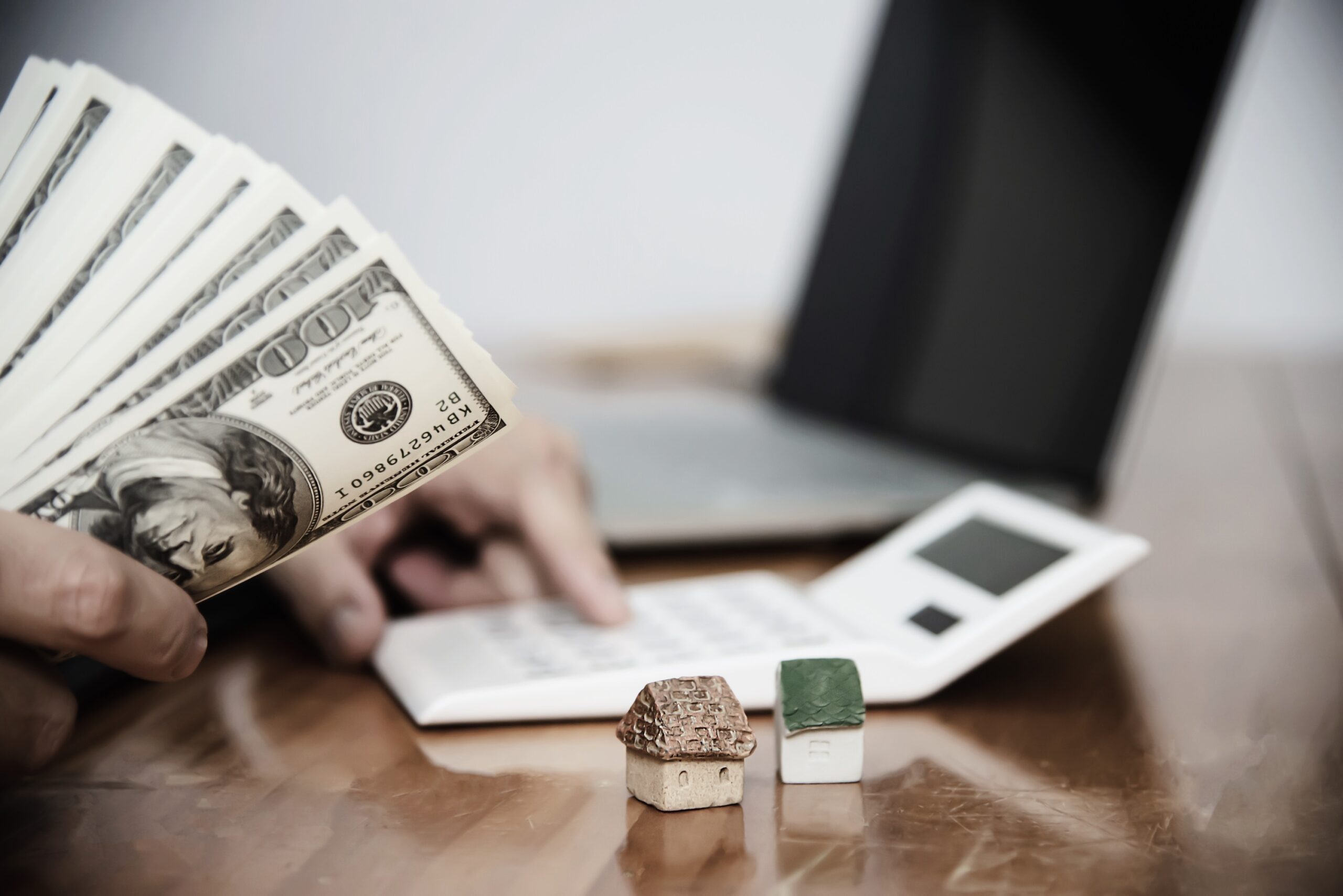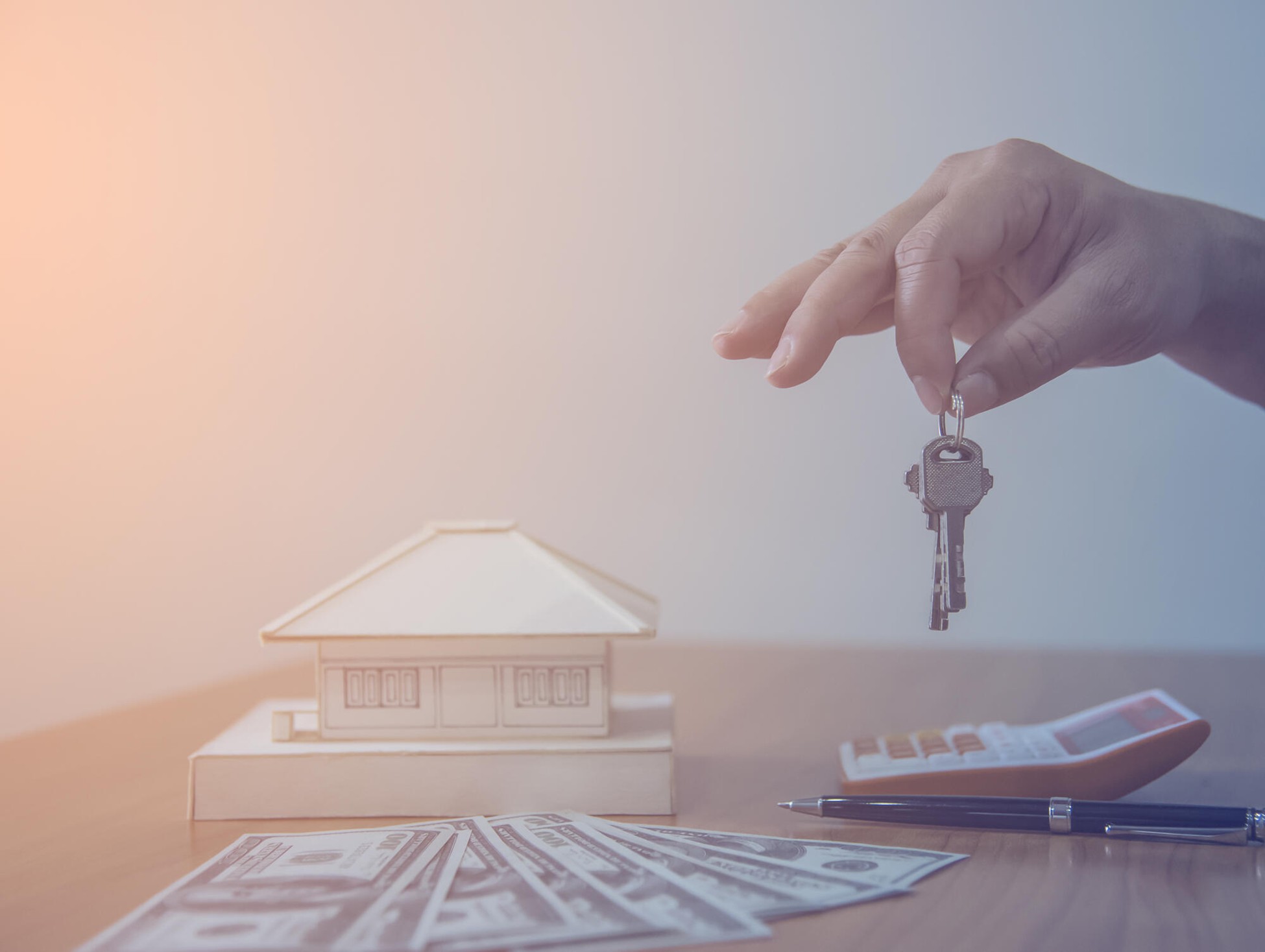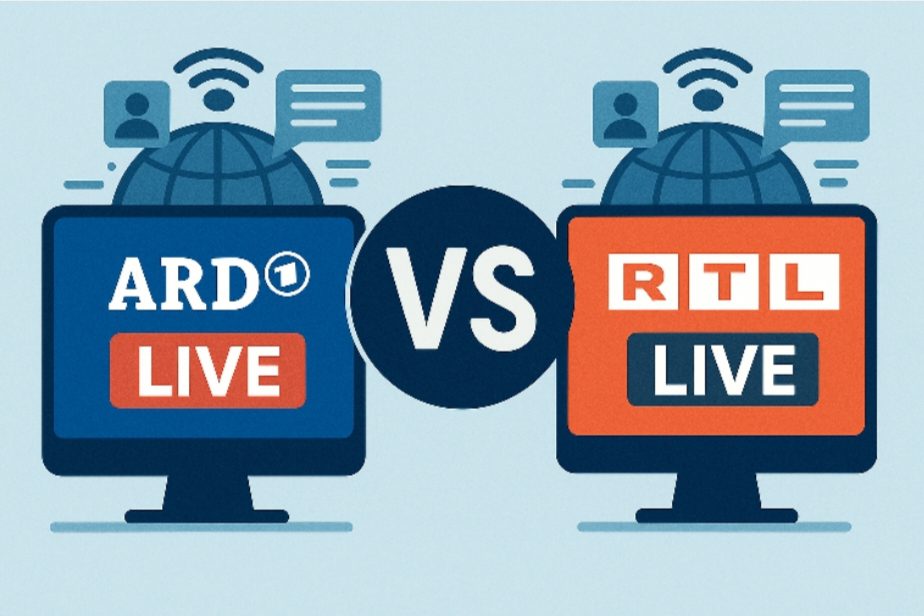
While often a significant achievement, homeownership comes with various responsibilities and expenses that can sometimes take homeowners by surprise. From essential repairs to routine maintenance, understanding these costs can help budget and plan for the future. Here, we outline some of the most common costly expenses homeowners encounter, focusing particularly on water heater replacement and flooring replacement.
Contents
Roof Repairs and Replacement
One of a home’s most critical components, the roof, protects everything inside from the elements. Over time, roofs can suffer from weathering, leaks, or structural damage. The average cost for a roof repair can range from a few hundred dollars for minor fixes to thousands for extensive repairs or a complete replacement, which might cost anywhere from $5,000 to $10,000 or more, depending on the size and type of the roof.
Water Heater Replacement
Once they fail, water heaters are often overlooked, at which point homeowners realize their importance. A typical water heater lasts about 10 to 15 years. The cost of replacing a water heater can be substantial, starting at around $1,000 for a standard unit, not including installation costs, which can add several hundred dollars more. Energy-efficient models, such as tankless or solar water heaters, can be significantly more expensive upfront but save money in the long run through reduced energy costs.
When considering water heater replacement, homeowners should also consider the type of fuel used (electric, gas, or solar) and the potential for energy savings. They should also consider the warranty and the cost of annual maintenance to prolong the lifespan of the new unit.
Stuart McHenry of Water Heater SOS.com in Redlands, CA explains, “Tankless water heaters are great options for California homeowners as right now there are $1,200 in rebates. You will also save a ton of money off your utility bill every month.”
HVAC Systems
HVAC systems are crucial for comfort, particularly in extreme climates. The lifespan of an HVAC unit varies, but you should expect 15 to 20 years of service. Replacement costs can be daunting, ranging from $5,000 to $10,000 or more, depending on the system’s size, efficiency, and brand.
Flooring Replacement
Flooring is both functional and aesthetic; over time, it wears out. The type of flooring in your home greatly affects the replacement cost and it’s important to know if you want hardwood flooring or laminate flooring. Here are some common types:
- Carpeting: Over time, carpeting can become worn, stained, or harbor allergens. Replacement costs depend on the quality but can start at around $2 to $7 per square foot, with professional installation adding to the total.
- Hardwood: While durable, hardwood floors can suffer from scratches, dents, or water damage. Refinishing might be an option, costing less than replacement, but new hardwood installation can range from $6 to $15 per square foot or more, depending on the wood species and finish.
- Tile and Laminate: These options are less expensive initially but still require significant investment for replacement. Costs for tile start around $5 to $15 per square foot, while laminate costs $2 to $6 per square foot, excluding installation.
Foundation Issues
Problems with the foundation can be among the most expensive issues a homeowner might face. Signs of foundation issues include cracks in walls, doors that don’t close properly, or uneven floors. Repair costs can escalate quickly, with minor fixes starting at a few thousand dollars and major repairs potentially reaching tens of thousands.
Electrical and Plumbing Upgrades
Electrical and plumbing systems might not meet current standards as homes age or could wear out. Upgrading to meet modern safety codes or replacing old pipes can lead to expenses ranging from a few hundred to several thousand dollars, depending on the scope of work.
Homeownership involves more than just mortgage payments. Understanding and preparing for these everyday, costly expenses can mitigate the financial shock when they occur.
Regular maintenance, setting aside funds in a home repair savings account, and considering the longevity and efficiency of home systems and materials during replacements are all prudent strategies.









